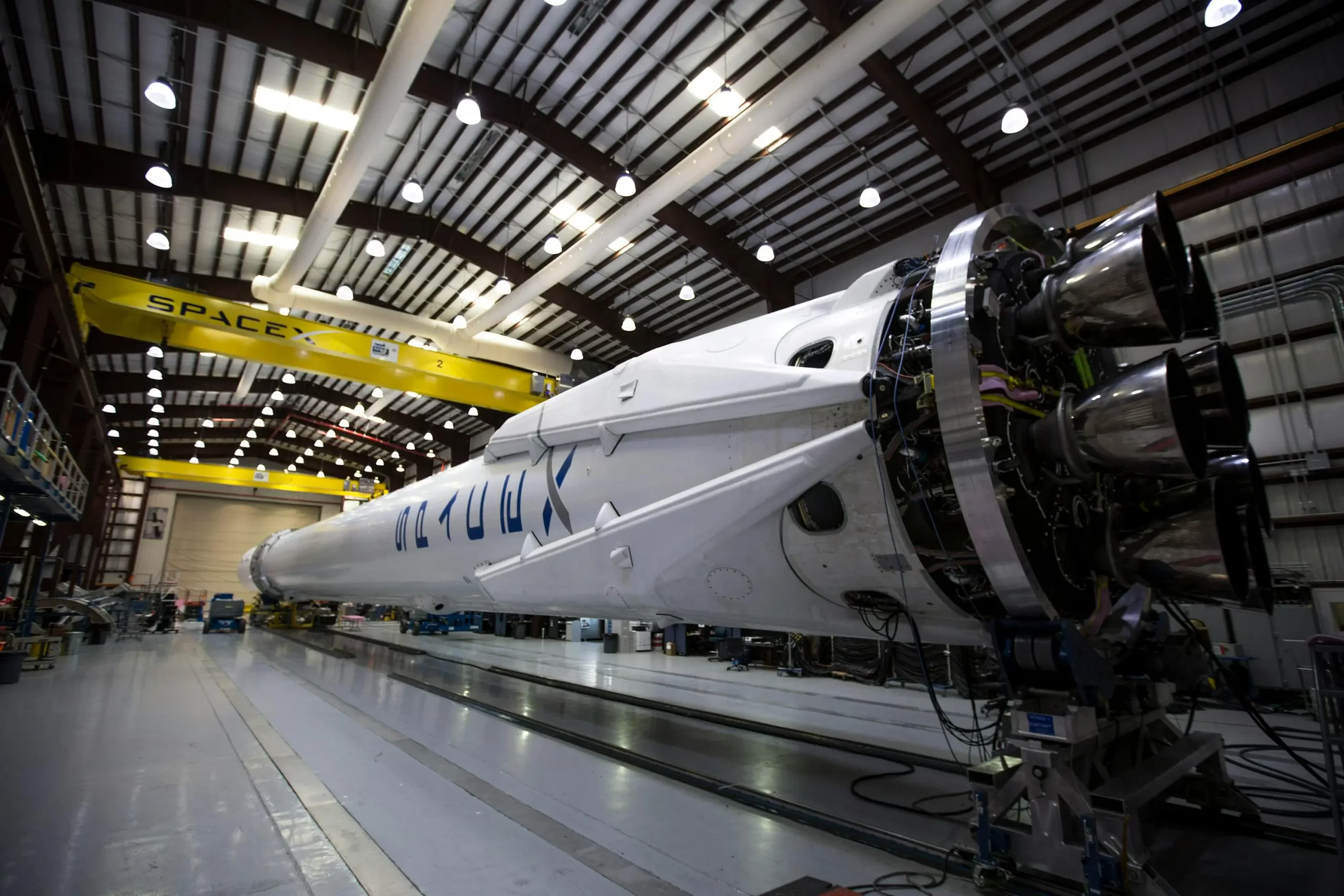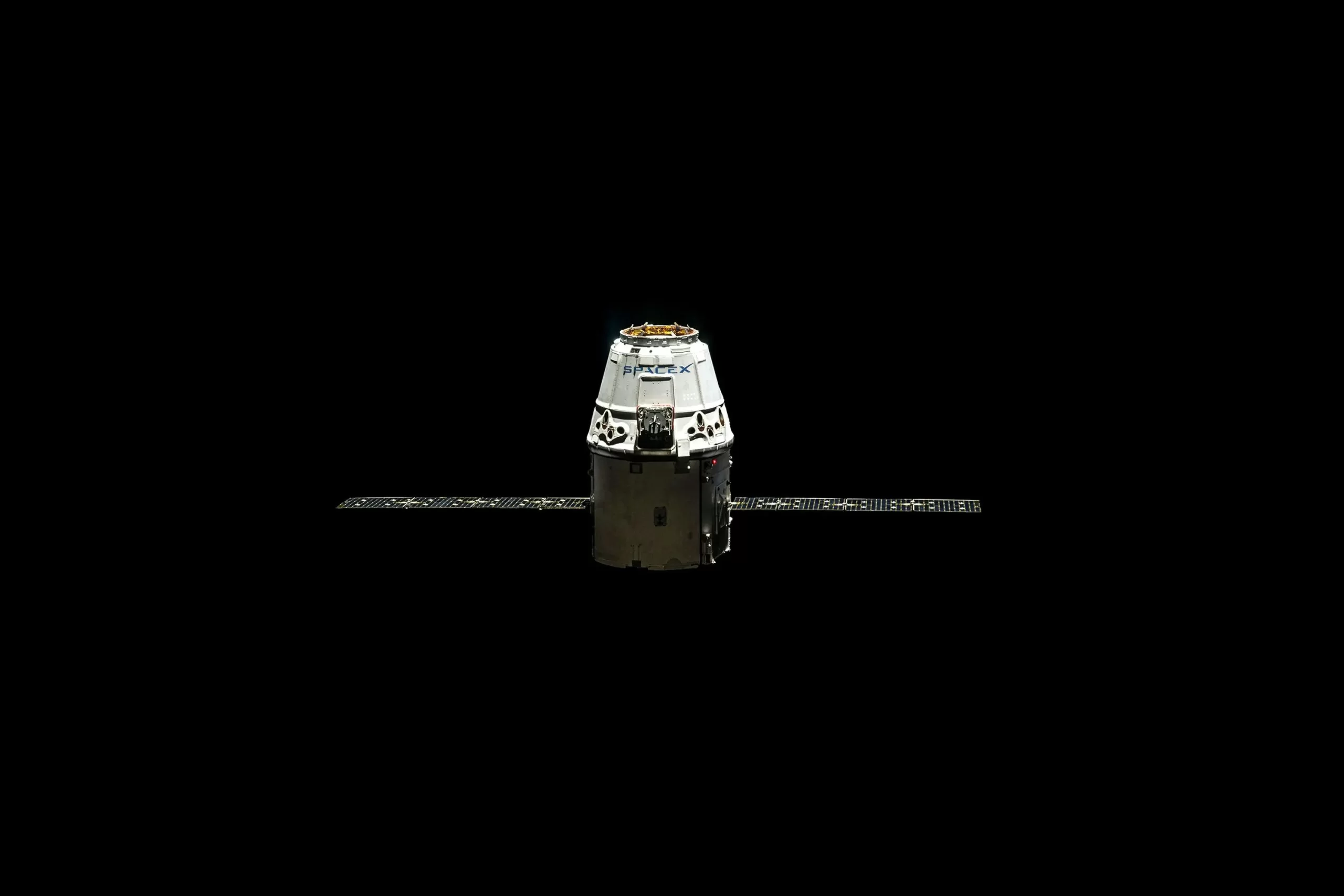Case Studies
The SpaceX Playbook: Visionary Leadership, KPI-Driven Engineering & Bold Execution

SpaceX has disrupted the aerospace industry through visionary leadership, relentless innovation, and data-driven execution. By combining agility, risk-taking, and precision engineering, the company has transformed space travel from a government-led endeavor into a commercially viable, scalable enterprise.
Elon Musk, SpaceX’s founder, once stated, “Failure is an option here. If things are not failing, you are not innovating enough.” This philosophy underpins SpaceX’s bold approach to engineering, pushing technological boundaries through rapid iteration, goal-setting, and KPI-driven execution.
How SpaceX Achieves Bold Execution & Engineering Excellence
SpaceX operates on a lean, fast-paced innovation cycle, enabling it to outpace traditional aerospace firms.
- Rapid Prototyping & Iteration – SpaceX follows an agile approach, constantly refining designs through testing.
- Reusable Rocket Technology – Engineering efficiency is maximized through cost-cutting innovations like Falcon 9’s reusability.
- Vertical Integration – The company controls the entire production chain, reducing reliance on third-party suppliers.
- Automation & AI Optimization – Data-driven simulations enhance spacecraft performance and mission planning.
Example: The first successful Falcon 9 booster landing in 2015 reduced launch costs dramatically, proving the viability of reusability.
Key Performance Indicators (KPIs) Driving SpaceX’s Success
SpaceX relies on real-time performance tracking and iterative improvements to optimize mission outcomes.
- Launch Success Rate – Measures reliability across multiple missions.
- Cost Per Launch – Tracks efficiency in reducing operational expenses.
- Payload Capacity Utilization – Ensures optimal use of rocket cargo space.
- Turnaround Time Between Launches – Reduces delays and increases operational efficiency.
- Innovation Velocity – Assesses the speed at which new technologies are developed and deployed.
Example: SpaceX reduced Falcon 9’s turnaround time from 60 days to just 27 days, proving its efficiency-focused engineering model.

Gamification & High-Performance Engineering Culture
SpaceX integrates gamification principles into its engineering and operations to maintain high employee motivation and innovation.
- Mission Simulation Challenges – Engineers run real-time failure scenarios to refine problem-solving.
- Performance-Based Rewards – Teams that achieve rapid innovation milestones receive recognition.
- Iterative Testing & Learning Sprints – Failures are treated as opportunities for improvement.
- AI-Powered Optimization Models – Data-driven decision-making ensures precision in rocket launches.
Example: The development of Starship’s landing system involved hundreds of iterative tests, reinforcing SpaceX’s fail-fast learning approach.
Applying the Total Football Framework (TFT) to SpaceX’s Agile Execution
SpaceX’s dynamic engineering culture aligns closely with the Total Football Teams (TFT) Framework, which emphasizes adaptability, rapid strategy shifts, and seamless execution.
- Flexible Role Adaptation – Just as TFT players switch roles dynamically, SpaceX engineers shift between R&D, testing, and launch execution.
- Real-Time Tactical Adjustments – TFT principles promote on-the-fly decision-making, similar to SpaceX’s mid-mission course corrections and landing adaptations.
- Cross-Team Collaboration – TFT thrives on interconnected teamwork, much like how SpaceX’s software, propulsion, and structural teams synchronize efforts for mission success.
- Iterative Learning & Data-Driven Adjustments – Like TFT’s match strategy refinements, SpaceX improves rocket designs through continuous testing and real-time feedback loops.
Example: If SpaceX implements AI-powered TFT-style mission adjustments, it could optimize real-time course correction in deep-space missions, improving efficiency by 20-30%.
The Future of SpaceX’s Engineering & Exploration Strategy
SpaceX continues to push the boundaries of space travel with:
- Mars Colonization Planning – Developing reusable Starship systems for interplanetary missions.
- Starlink Global Internet Expansion – Scaling satellite deployment to provide universal connectivity.
- Hypersonic Point-to-Point Travel – Exploring ultra-fast Earth-based rocket travel.
- Deep-Space AI Navigation – Enhancing spacecraft autonomy for long-duration missions.
Example: SpaceX’s Starship program is designed to deliver payloads 100x larger than Falcon 9, enabling mass cargo transport for Mars colonization.
Final Takeaways: Why SpaceX’s Model Works
SpaceX’s agile, high-risk, high-reward engineering model has redefined aerospace innovation and execution.
- Rapid iteration enables technological breakthroughs at unprecedented speeds.
- KPIs ensure cost efficiency, mission reliability, and continuous innovation.
- Gamification fosters a high-performance engineering culture.
- TFT-inspired adaptability allows SpaceX to pivot in real-time, ensuring mission success.
SpaceX isn’t just launching rockets—it’s shaping the future of human space exploration. The challenge for other industries: How can they integrate agility and data-driven execution to redefine their own frontiers?
